In a nutshell: Sukoon, the Arabic symbol for stillness, is essential in Quranic recitation and Arabic grammar, marking consonants without vowels. It guides correct pronunciation, enables rules like Qalqalah and Idgham, and impacts word meaning and structure. Mastery begins with listening, practice, and teacher support—resources offered through personalized Quranica programs led by expert, native Arabic tutors.
Have you ever been reading the Quran and noticed a small, perfect circle sitting on top of a letter?
This symbol is called the Sukoon (سكون), and it is absolutely essential for correct Arabic and Quranic pronunciation.
Understanding and mastering Sukoon is one of the most important first steps you will take toward reciting the Book of Allah with fluency and beauty.
What is Sukoon in Arabic?
Before we open the Mushaf, let’s first understand what Sukoon means in the Arabic language itself. This simple concept is the bedrock of its pronunciation.
1. The Linguistic Meaning of Sukoon in Arabic
The literal Arabic word “Sukoon” (سكون) means calmness, stillness, or a state of rest. Think of it this way: just as a person can stand perfectly still, a letter in Arabic can also be “still.” It rests without any vowel sound attached to it.
2. The Phonetic Meaning of Sukoon in Arabic
In Arabic phonetics, a letter with a Sukoon is simply a consonant that is not followed by a vowel. It has no Fatha (a), Kasra (i), or Damma (u) sound.
For a simple, non-Quranic example, look at the Arabic word for “house”: بَيْت (bayt).
The final letter, ‘ت’ (t), has a Sukoon. That is why we stop cleanly on its sound. We say “bay-t,” not “bay-ta,” “bay-ti,” or “bay-tu.” The Sukoon brings the sound to a complete rest.
What is the Symbol of Sukoon?
The primary symbol for Sukoon in Arabic is a small circle (ه) placed directly above the letter.
Let’s look at the letter Meem (م) with a vowel versus with a Sukoon:
- With Fatha: مَ (ma)
- With Sukoon: مْ (m)
When you see this circle, it is a clear signal to you: pronounce the inherent sound of the letter, and then stop.
The Symbol of Sukoon in Mushaf
In the Holy Quran, the Sukoon looks like the head of the Arabic letter ‘ha’ (ح) without the dot (رأْس حاء). Recognizing these symbols is the first step to identifying and correctly pronouncing a saakin letter.
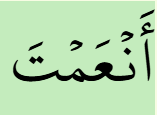
Notice the Sukoon on the letter ‘ن’ (n) and the letter ‘م’ (m). The sound stops on each one distinctly: an-‘am-ta.
Sukoon in the Quran
The role of Sukoon becomes even more important when we enter the world of Quranic recitation, known as Tajweed. Here, Sukoon is the key that unlocks many essential rules of pronunciation.
What is The Meaning of Sukoon in Tajweed
In Tajweed, Sukoon is defined as the complete stopping of sound on a letter. For example, to pronounce the letter ‘بْ’ (b), your two lips (the two articulating parts) come together and stop.
How to Pronounce Sukoon in Arabic
Pronouncing the Sukoon correctly is part of what gives Quranic recitation its clarity, precision, and divine rhythm.
1. Stopping on the Letter is The Basic Principle
The core principle is simple: pronounce the natural sound of the letter and then stop completely. There should be no “extra” sound, no vowel, and no trailing off.
To pronounce a letter with a Sukoon (known as a sakin letter), we almost always need a voweled letter before it to give us a starting point.
Compare a letter with a vowel to the same letter with a Sukoon:
- بَ (ba) vs. بْ (ab)
- تَ (ta) vs. تْ (at)
- جَ (ja) vs. جْ (aj)
2. The Rule of Qalqalah with Sukoon
There is one very important exception to the “complete stop” rule, and it is called Qalqalah.
Qalqalah is a beautiful rule in Tajweed that applies to five specific letters when they have a Sukoon. It creates a slight echo, vibration, or “bounce” in the sound.
The five letters of Qalqalah are: ق، ط، ب، ج، د. A common way to remember them is with the phrase “قُطْبُ جَدٍّ” (Qutbu Jadd).
Let’s look at an example from Surah Al-Ikhlas:

qul huwa Allahu ahad
“Say, ‘He is Allah, [who is] One.'”
When we stop on the final word, أَحَدٌ, the last letter ‘د’ (d) takes on a Sukoon. Because ‘د’ is a Qalqalah letter, we don’t just stop silently. We pronounce it with a slight echo or bounce, creating a light ‘d’-sound that distinguishes it.
Mastering the pronunciation of Sukoon is the first major step toward fluent Quranic recitation.
For learners who want guided practice with expert teachers, Quranica’s Learn Tajweed for Beginners Course provides the perfect foundation to build your skills correctly from the start.

Sukoon Letters
Any of the 28 letters in the Arabic alphabet can have a Sukoon. However, the true depth of Tajweed appears when we study how these sakin (sukooned) letters interact with the letters that come after them.
Sukoon Rules with Noon Sakinah and Meem Sakinah
The rules surrounding the Noon Sakinah (نْ) and Meem Sakinah (مْ) are foundational branches of Tajweed science.
Depending on the letter that follows a Noon Sakinah, for example, we apply one of four rules:
- Izhar (Clarity): Pronouncing the ‘n’ sound clearly.
- Idgham (Merging): Merging the ‘n’ sound into the next letter.
- Iqlab (Conversion): Converting the ‘n’ sound into an ‘m’ sound.
- Ikhfa (Hiding): Hiding the ‘n’ sound with a light nasalization.
Mastering the intricate rules of Noon Sakinah, Meem Sakinah, and the specific characteristics of each sakin letter is a hallmark of beautiful recitation.
For those ready to move beyond the basics, Quranica’s ‘Advanced Tajweed Course‘ delves deep into these precise and rewarding rules.
Read also: Difference Between Ikhfa, Idgham, Izhar, And Iqlab

What is an Example of a Sukoon in Arabic Words?
Before we look at Quranic examples, let’s see how Sukoon works in basic, everyday Arabic words. This helps to solidify the core concept.
Notice how the Sukoon brings the sound of the letter to a clean stop.
- Word for “Dog”: كَلْب (Kalb) The Sukoon is on the ‘ل’ (l). We say Ka-lb, not Kal-ba.
- Word for “Sun”: شَمْس (Shams) The Sukoon is on the ‘م’ (m). We say Sha-ms, not Sham-su.
- Word for “Heart”: قَلْب (Qalb) The Sukoon is on the ‘ل’ (l). We say Qa-lb, stopping on the ‘l’ sound before pronouncing the ‘b’.
Examples of Sukoon in the Quran
The Quran is filled with powerful examples of Sukoon that teach us the nuances of recitation. Let’s explore a few more specific cases.
1. Example of Sukoon in the Middle of a Quranic Word
This is the most common placement you will find.

The Sukoon is on the ‘ق’ (qaf), a Qalqalah letter. Notice the slight “bounce” in its pronunciation: yaq-balu.
2. Example of Sukoon at the End of a Quranic Word (When Stopping)
When we stop at the end of a verse, the vowel on the last letter is often dropped and replaced with a Sukoon.
This is called an “incidental” or “temporary” Sukoon (sukoon ‘aarid).

min sharri ma khalaq
“From the evil of that which He created”
لإhe word is خَلَقَ (khalaqa). But when we stop on it at the end of the verse (from Surah Al-Falaq), we read it with a Sukoon on the final ‘ق’ (qaf), again applying the Qalqalah rule: khalaq.
3. Example of a Stop on Non-Qalqalah Letters
Let’s look at the very first verse of Surah Al-Fatiha.

Alhamdu lillah
“[All] praise is [due] to Allah”
In the word الْحَمْدُ (Alhamdu), there are two permanent sukoons. The first is on the ‘ل’ (l) and the second is on the ‘م’ (m).
Notice how the sound stops cleanly and completely on each one. There is no echo or vibration, just a pure, resting sound. This is the standard pronunciation for any sukooned letter that is not one of the five Qalqalah letters.
Alifs with Sukoon Rules
This is a very important topic that often confuses new learners. You might see what looks like an Alif (ا) with a Sukoon symbol on it in some texts, but the reality is a bit different.
A starting Alif never actually has a Sukoon
The symbol you are seeing is on a special type of Alif called Hamzat al-Wasl (هَمْزةُ الوَصْل). Its job is to connect words.
If you start reading from the Hamzat al-Wasl, you give it a temporary vowel (usually ‘i’ or ‘u’) so you can pronounce it.
If you are connecting from the word before it, you drop the Hamzat al-Wasl completely, as if it isn’t there.
Let’s see it in the Basmalah:

The word اسْمِ (ismi) starts with a Hamzat al-Wasl. If we said it alone, we would pronounce it with a Kasra: “Ism“.
But because we are connecting from the letter ‘بِ’ (bi) before it, we skip the Alif entirely. We read it as “Bismillah,” not “Bi-ismillah.” The Hamzat al-Wasl simply serves as a bridge that we cross over without stopping.
The Difference Between Sukoon and Jazm
Sukoon (سكون) is a phonetic symbol. It tells you how to pronounce a letter: without a vowel. It’s about sound.
Jazm (جزم) is a grammatical state. It is one of the four moods for Arabic verbs. It indicates that a verb is in a state of command, prohibition, or negation, among others. It’s about grammar and meaning.
Often, a verb in the state of Jazm will show this state by having a Sukoon on its last letter.
Example: The word يَلِدْ (yalid) from “لَمْ يَلِدْ” is in the grammatical state of Jazm because of the particle لَمْ (lam) before it. The sign of its Jazm is the Sukoon on the final ‘د’ (d).
So, Sukoon is the sign, while Jazm is the reason.
Read also: Tanween In Quran And Tajweed With Examples and Symbol – Full Guide
Grammatical Role of Sukoon in the Arabic Language
Beyond Tajweed, the Sukoon is a pillar of Arabic grammar and word formation (Sarf). Without it, the language would be unrecognizable.
It is grammatically essential for:
1. Forming Syllables
The most common syllable in Arabic is a voweled letter followed by a sukooned letter (e.g., قُلْ – qul, مِنْ – min).
2. Command Verbs (Fi’l Amr)
The command form of many verbs ends in a Sukoon. For example, “write!” is أُكْتُبْ (uktub).
3. Word Patterns
Many Arabic word patterns (أوزان) rely on a specific sequence of vowels and sukoons to create meaning.
Importance of Sukoon in Understanding Arabic
Mastering the Sukoon is not just a technical skill for recitation; it is crucial for comprehension.
A misplaced or ignored Sukoon can completely change the meaning of a word. For example:
- كَتَبْتُ (katabtu) with a Sukoon on the ‘ب’ (b) means “I wrote.”
- كَتَبَتْ (katabat) with a Sukoon on the ‘ت’ (t) means “She wrote.”
Understanding Sukoon allows you to hear the correct rhythm of the language, distinguish between different verb forms, and ultimately, grasp the intended meaning of both the Quran and general Arabic texts.
Sukoon in Practice
Let’s put your knowledge into practice. Try to pronounce these words, paying close attention to the sukooned letter.
1. مَسْجِد (Masjid – Mosque): Stop cleanly on the ‘س’ (s) sound. No extra vowel. Mas-jid.
2. يَجْعَلُ (Yaj’alu – He makes): The ‘ج’ (j) is a Qalqalah letter. Give it a light bounce or echo. Yaj-‘alu.
3. فَجْر (Fajr – Dawn): Another Qalqalah letter, ‘ج’ (j). Practice the slight vibration. Fa-jr.
How to Learn Sukoon
Mastering Sukoon is a journey of listening and practice. Here are four actionable steps you can take:
1. Listen to a Qualified Reciter
Listen intently to renowned Qaris like Sheikh Al-Hussary or Sheikh Abdullah Basfar. Notice how cleanly they stop on sukooned letters and how subtly they apply rules like Qalqalah.
2. Practice with a Teacher
This is the most important step. A qualified teacher can listen to you, correct your mistakes in real-time, and ensure you are not developing bad habits. One-on-one feedback is invaluable.
3. Keep your eyes on the Mushaf as you listen and recite
Visually connecting the circle symbol with the sound you are hearing and producing will solidify the concept in your mind.
4. Start Simple
Practice with individual words first, like the ones in the exercise above. Once you are confident, move on to short phrases, and then full verses.
Sukoon and Arabic Calligraphy
For those who appreciate the beauty of the Arabic script, the Sukoon is not just a phonetic marker; it’s an element of art.
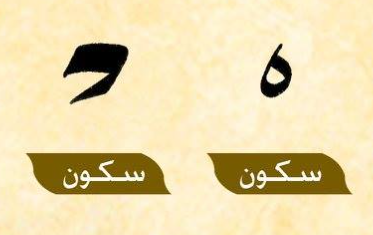
It’s a beautiful reminder that in the language of the Quran, every detail—even the symbol for stillness—has a purpose, a meaning, and a beauty of its own.
Start Your Tajweed Path with Quranica
That small, simple circle—the Sukoon—is a gateway. It takes us from just reading letters to understanding the profound science and sacred art of Tajweed.
The best way to truly master these skills is not alone, but with expert, one-on-one guidance from a teacher who understands your needs.
At Quranica, we connect you with that guidance.
Authentic, Expert Tutors Learn from native Arab instructors from Egypt, many of whom are graduates of the prestigious Al-Azhar University.
Certified & Experienced Our teachers hold Ijazah (a formal license) to teach the Quran and have years of experience helping non-Arab students just like you.
Personalized Learning We offer one-on-one classes for adults and children, completely tailored to your personal pace and learning style.
Competitive & Accessible We believe high-quality Islamic education should be available to everyone, which is why we offer competitive and affordable pricing.
Quranica offers a wide spectrum of programs to meet you where you are on your journey:
- Learn Quran with Tajweed (for all levels)
- Quran Memorization (Hifz) Programs
- Ijazah Courses
- Islamic Studies
- Ten Qirat
Explore our full range of courses.
Enroll in a class today!
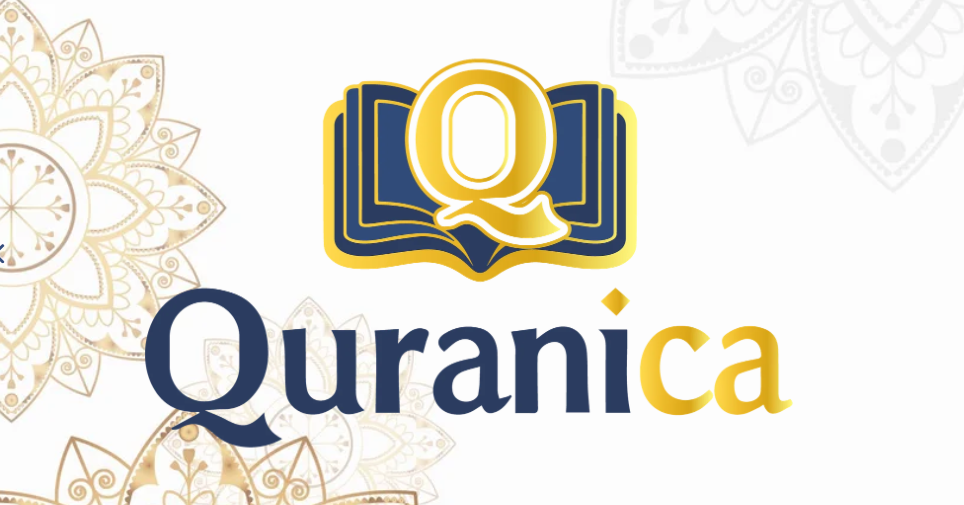
Conclusion
Sukoon (سكون) in Arabic represents stillness—a letter without a vowel sound. It plays a foundational role in both the language and Quranic recitation, appearing as a small circle above a consonant to indicate a complete stop in pronunciation. Sukoon enables clarity and rhythm in spoken Arabic and Tajweed.
In Tajweed, Sukoon is key to mastering rules such as Qalqalah, where certain letters (ق، ط، ب، ج، د) bounce slightly when sukoon is applied. It also governs the behavior of Noon Sakinah (نْ) and Meem Sakinah (مْ), leading to rules like Izhar, Idgham, Iqlab, and Ikhfa—all essential for beautiful and correct recitation.
Beyond recitation, Sukoon is vital to Arabic grammar. It marks command verbs, helps build word patterns, and distinguishes meanings—such as the difference between “katabtu” (I wrote) and “katabat” (she wrote). It appears in everyday vocabulary and across Quranic verses.
Learning Sukoon involves listening to expert reciters, practicing with a teacher, and using the Mushaf for visual reinforcement. Starting with simple words helps develop correct pronunciation before moving on to full verses, and consistent practice solidifies this skill.
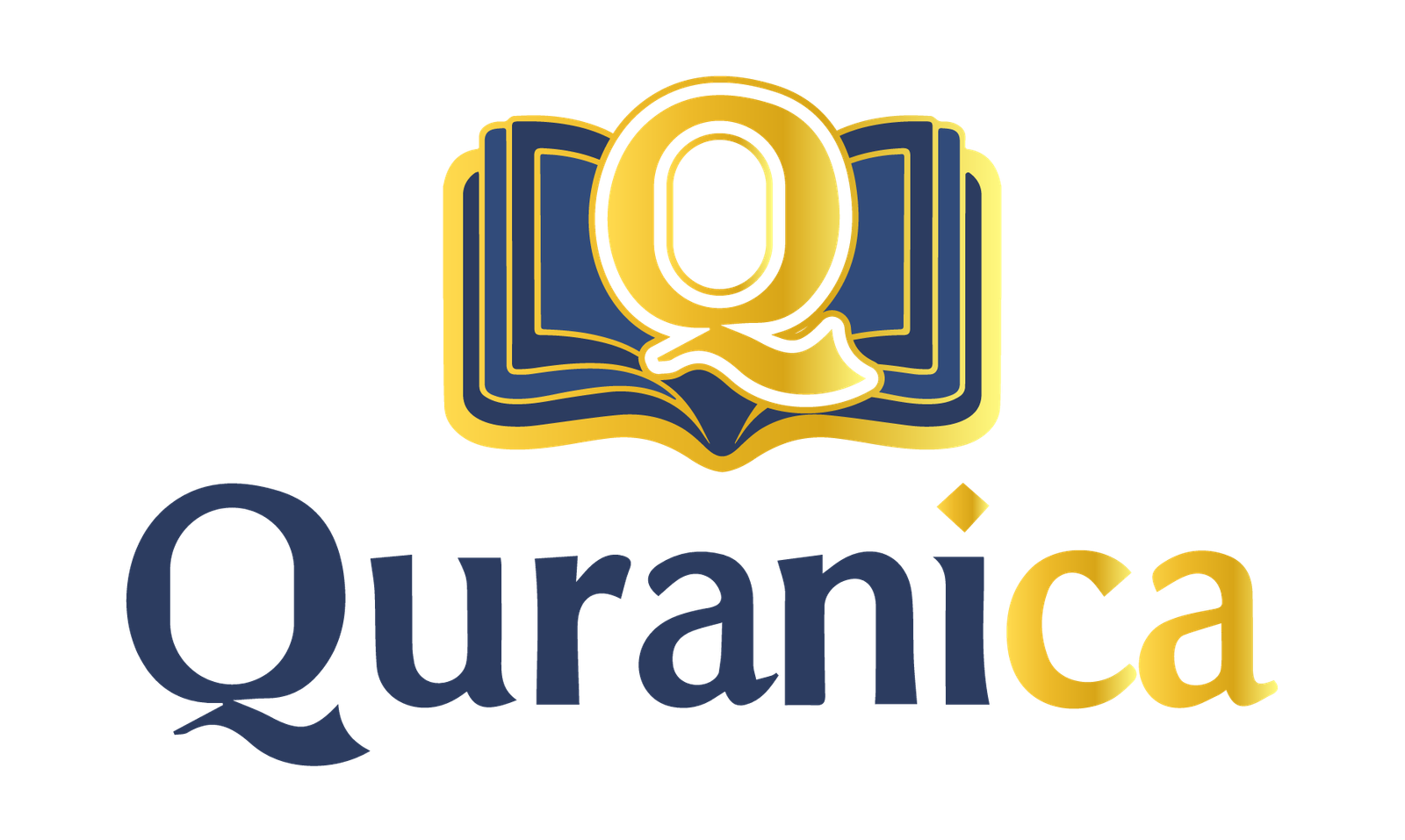
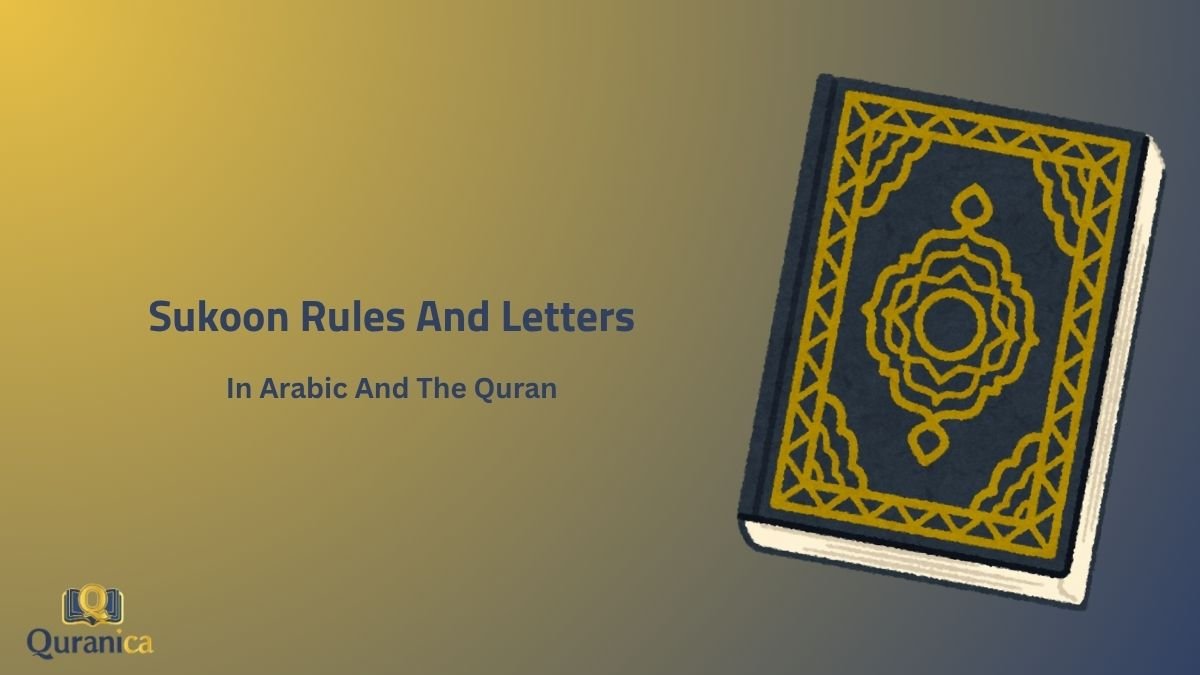






0 Comments